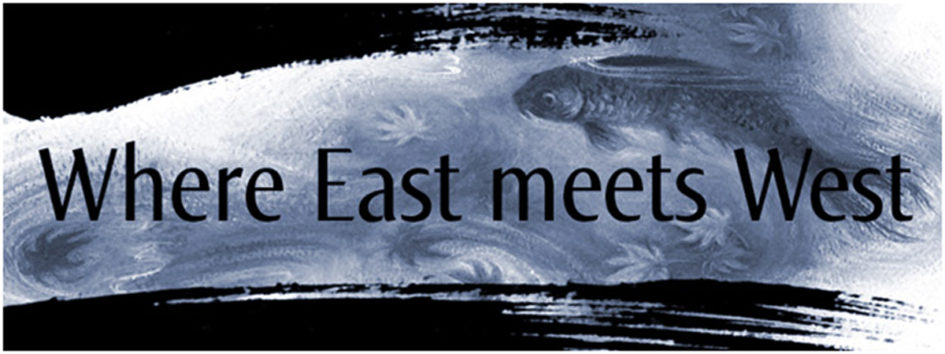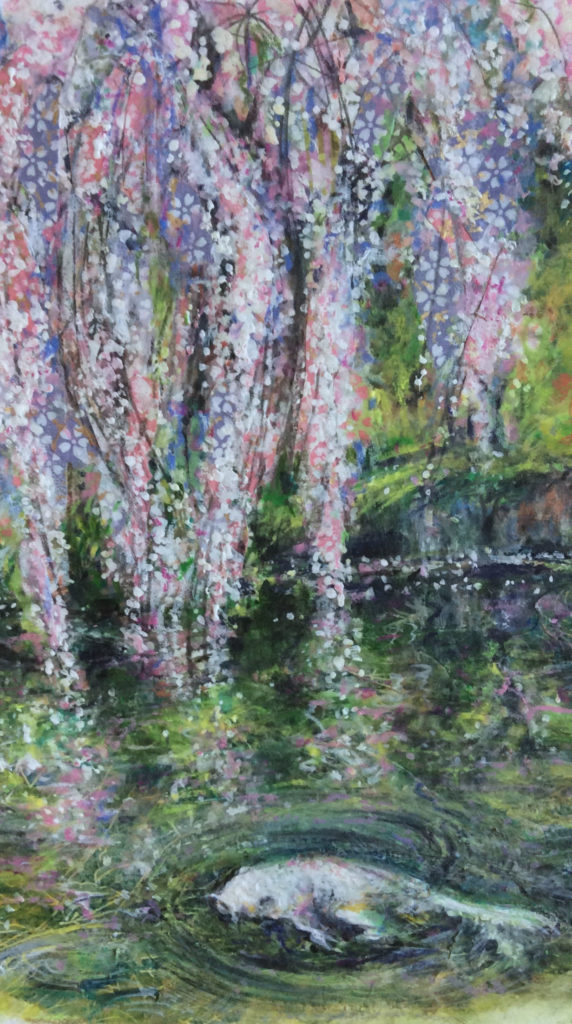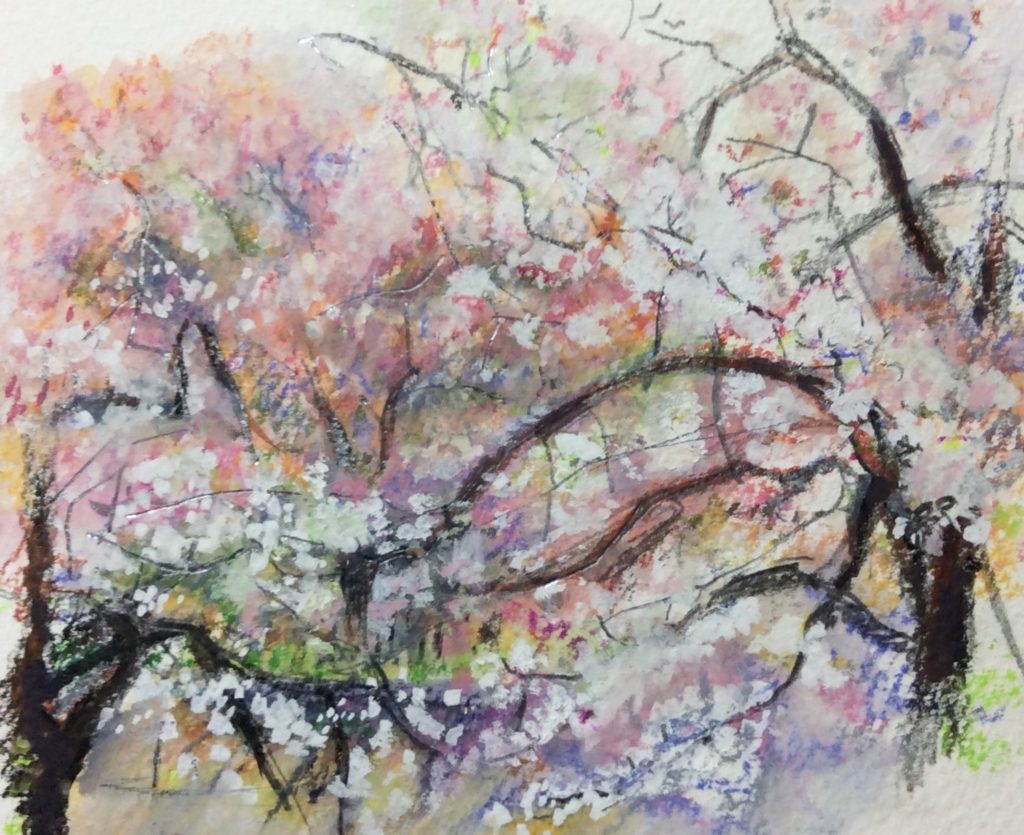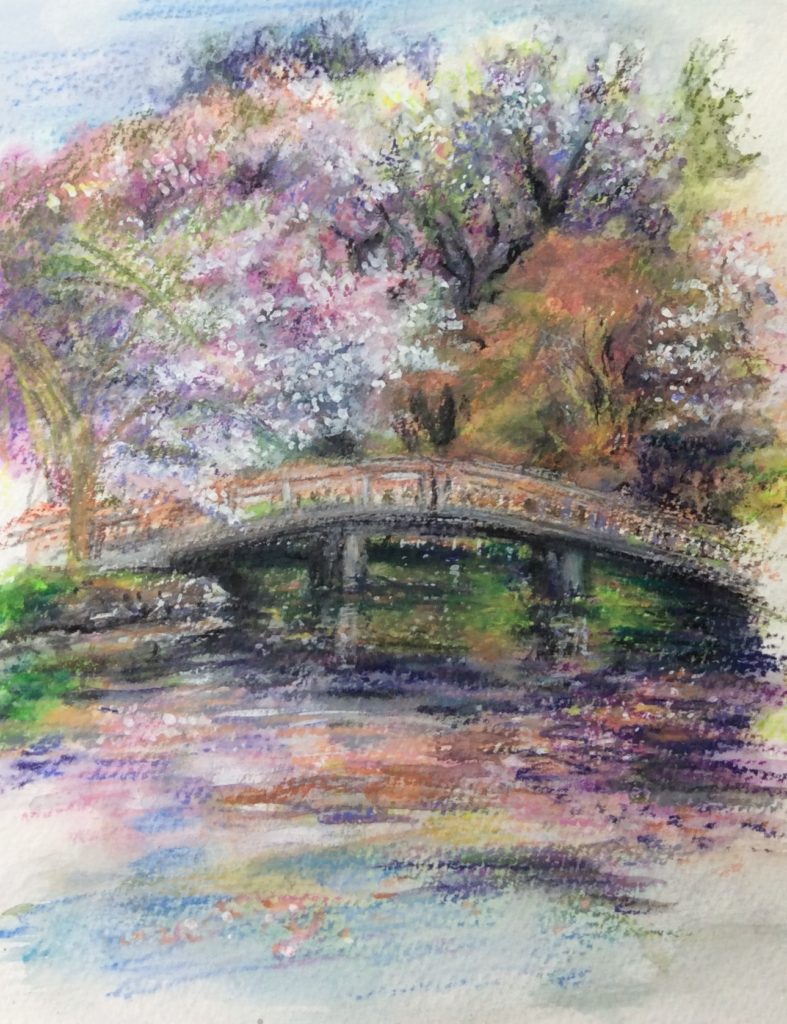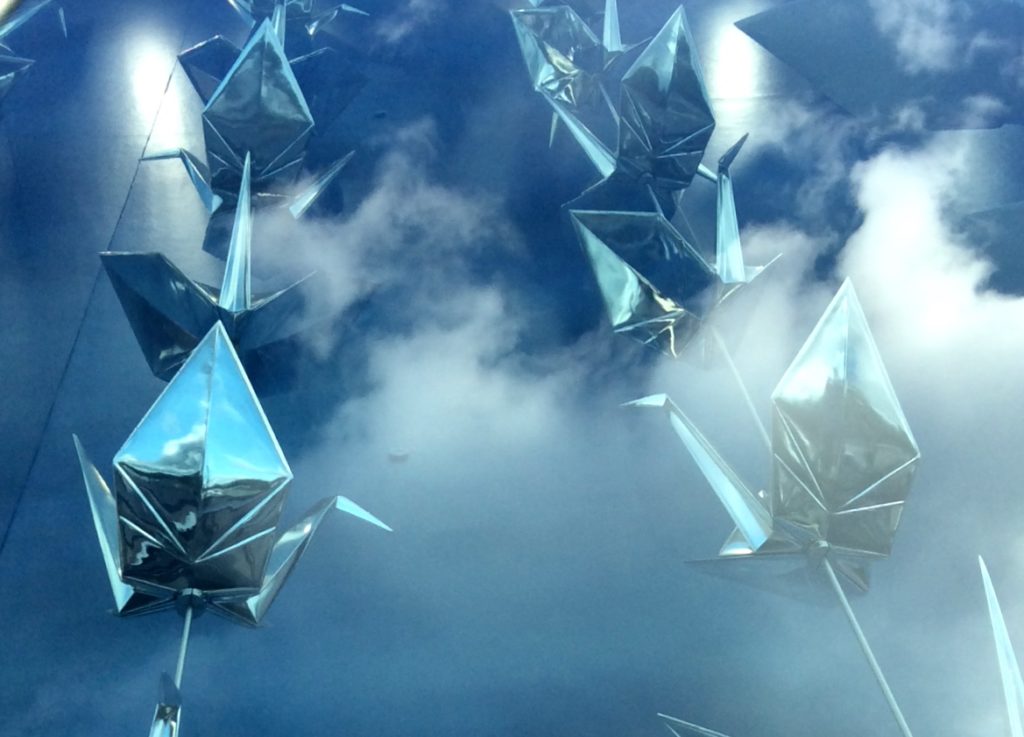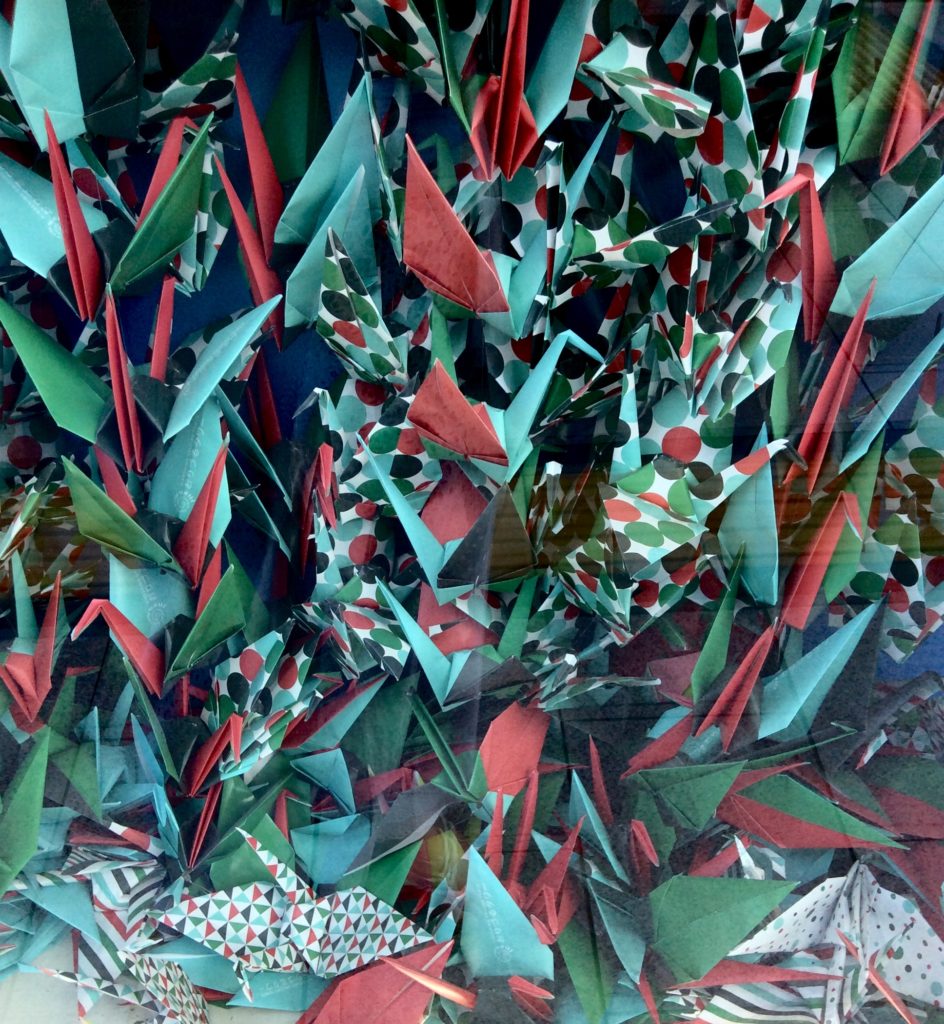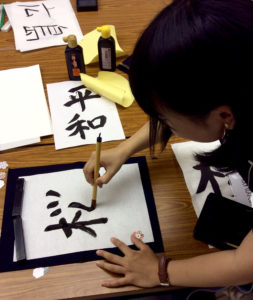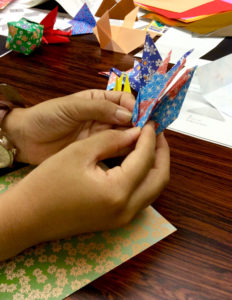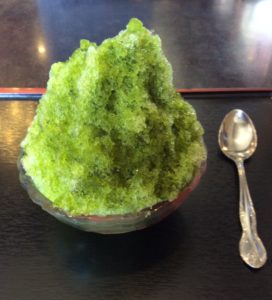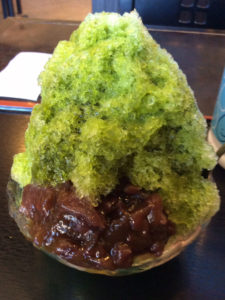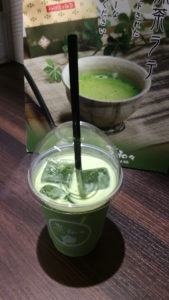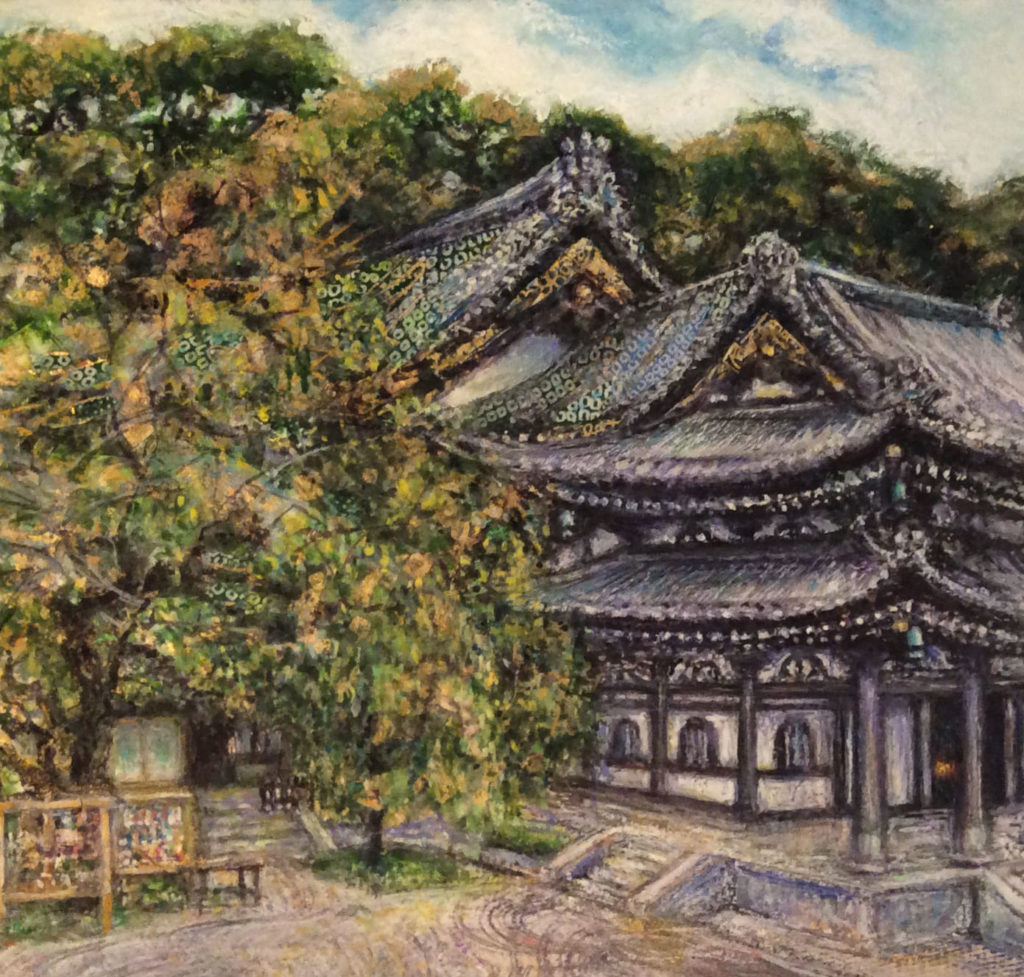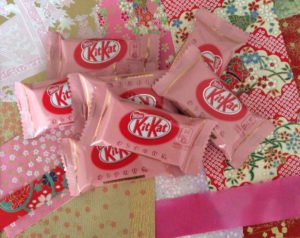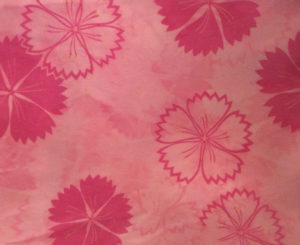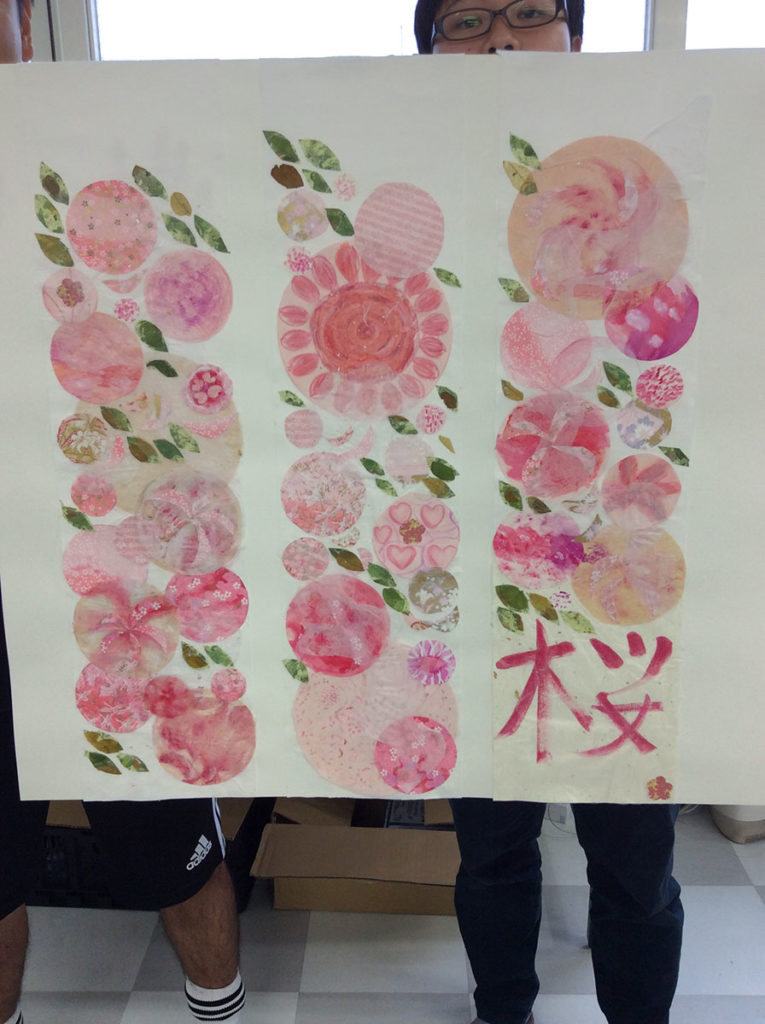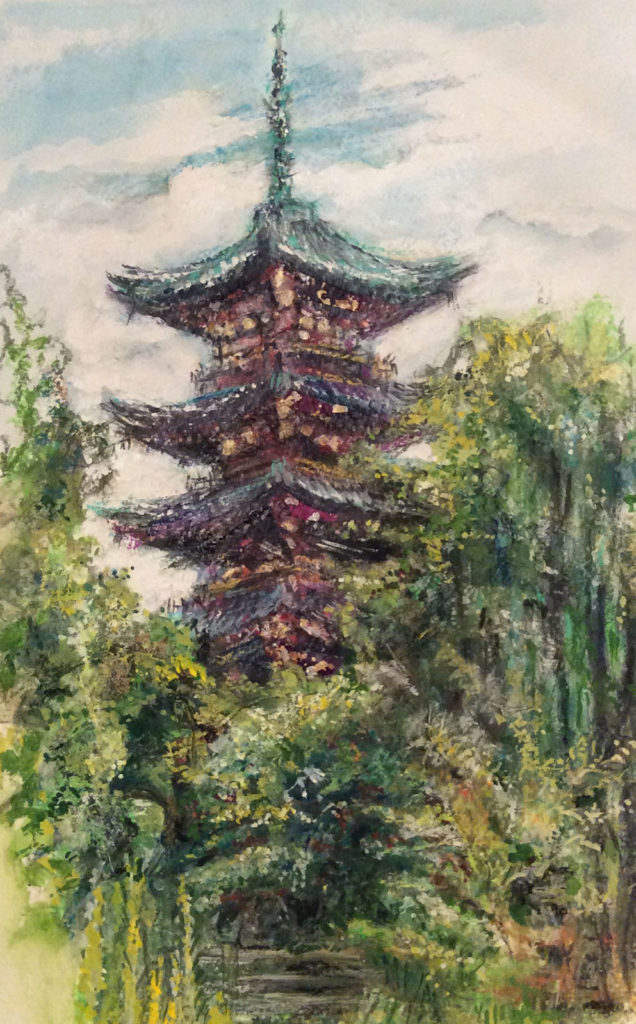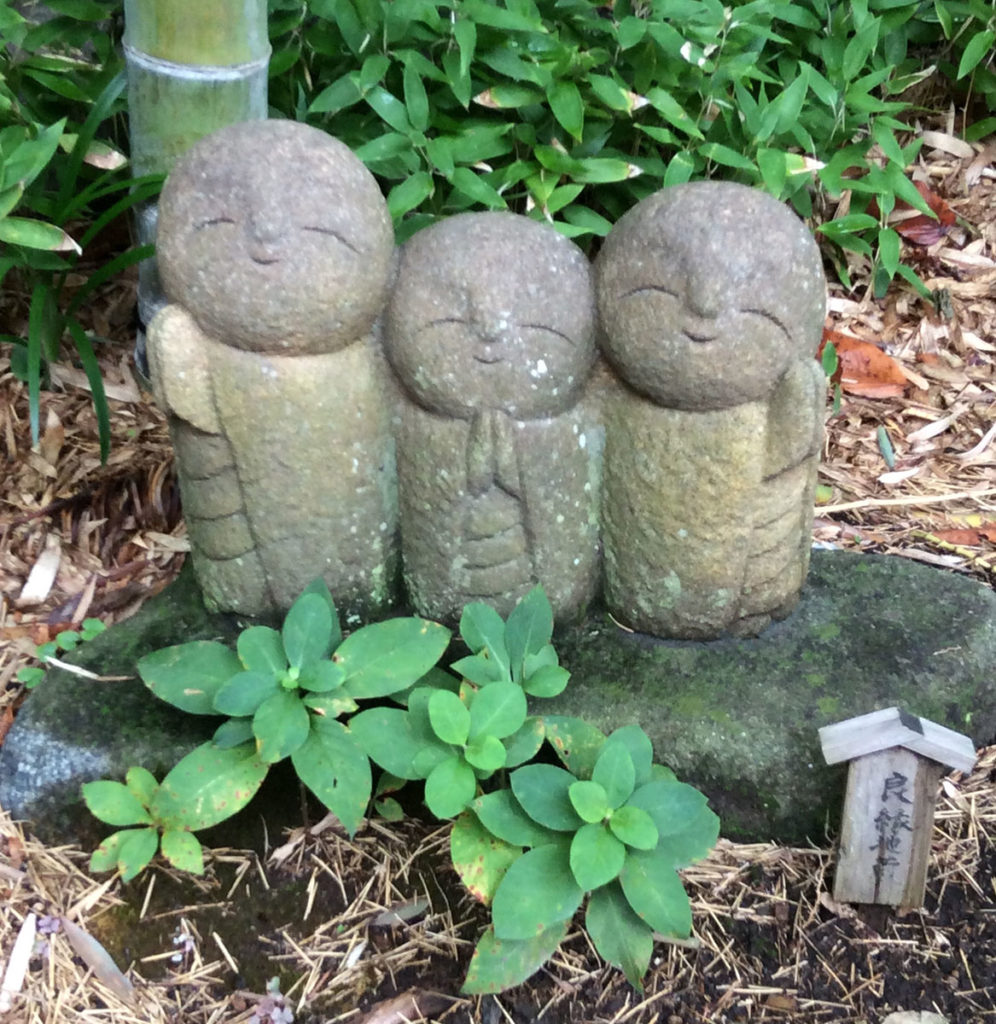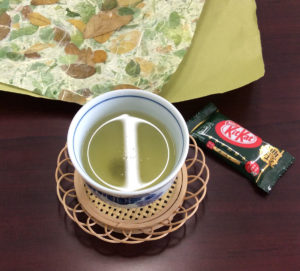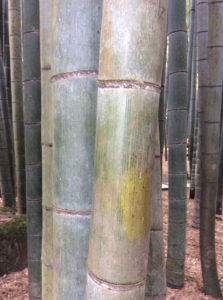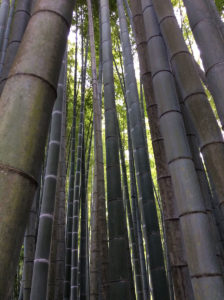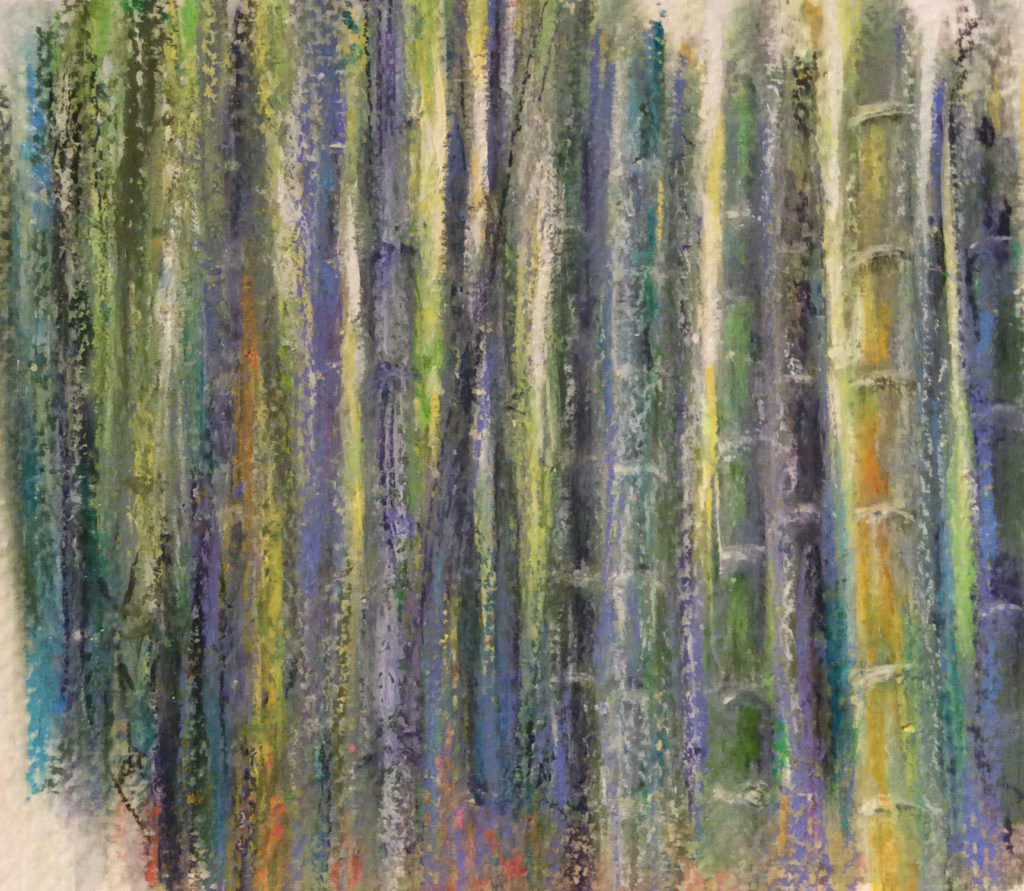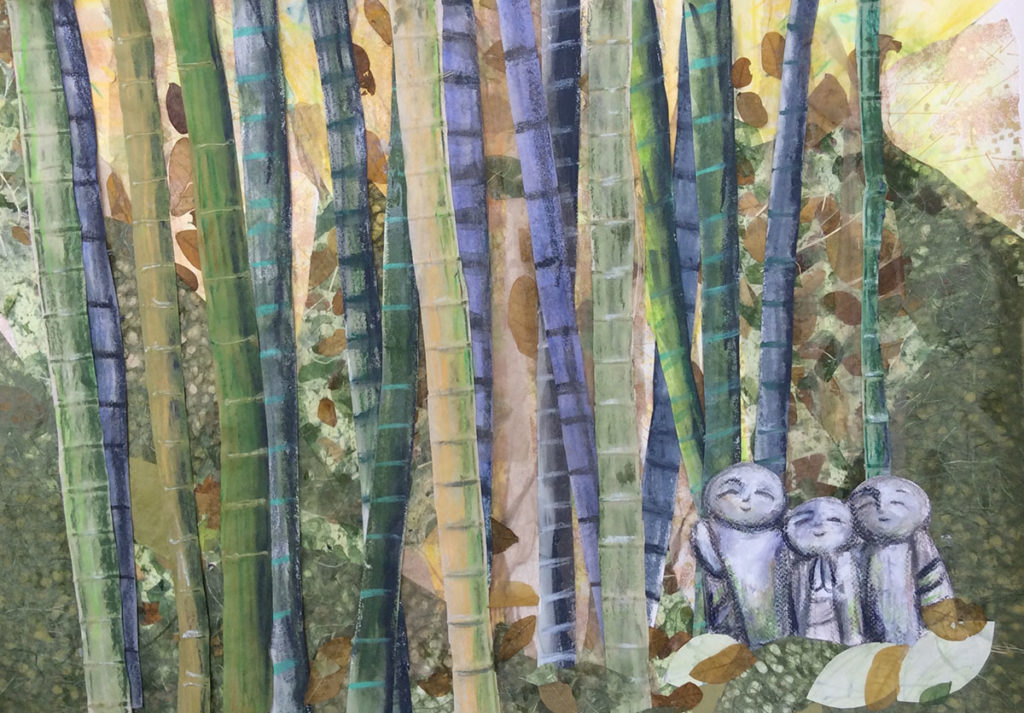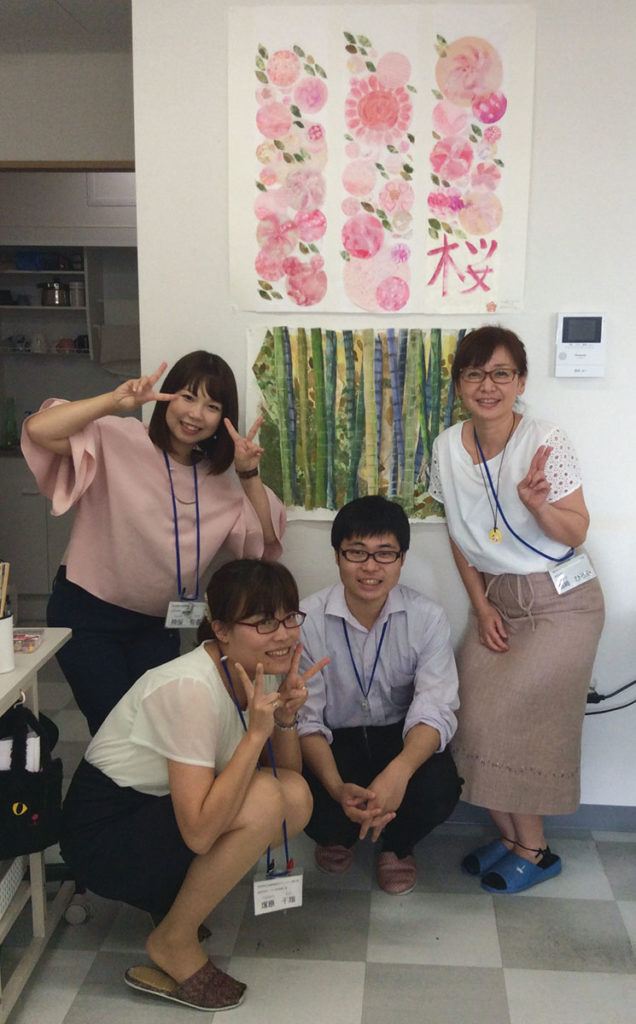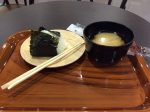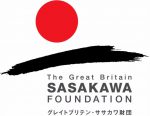Art therapy project ‘Where East meets West’ in collaboration with Light House in Omiya Shi, Saitama, Japan supported by The Great Britain Sasakawa Foundation.
Introduction
The ‘Where East meets West’ Therapeutic Art Project was a natural progression from my previous Great Britain Sasakawa Foundation (GBSF) project: The Martial Art study of the teachings of Kancho Yoshiji Soeno, 10th Dan founder and Master of Shidokan.
I was artistically inspired by Japanese culture and motivated by the Shidokan Martial Artists. They are exceptional people not only for their Martial Art skills but also for their humanitarian work for their communities such as helping those affected by the 2011 Tsunami and support for people with learning difficulties and mental health issues through their charity ‘Light House’. They have a lovely mission statement ‘There is something I can do because I am with you’.

Samurai Spirit. The director of ‘Light House’ is Shihan Makoto Seshime 5th Dan, who is also an executive committee member of Shidokan Japan and the World Karate Association.
When considering Martial Arts and Karateka (a practitioner of Karate) ones first thoughts are maybe of the legendary talents of Bruce Lee and fighting and not of a compassionate nature, the respect and love of mankind and the contribution to communities through charitable activities. These were some of the many positive qualities of the Shidokan Japan Martial Artists, who, as generous kind hosts, also shared with me their ideas about the appreciation of nature and Japanese culture. In this environment, I felt content, respected, accepted and inspired, everyone deserves to be so! I could see how I could make a difference too. Being dyslexic means I have an enhanced empathy towards people who find life challenging particularly those with learning disabilities like myself. I also have an individual artistic skill which I could now see by sharing this, I could help people.
In the peaceful surroundings of the cherry blossom trees, I had the idea of creating a therapeutic art project. In my own experience, I have found that art can surpass adversity, learning difficulties and language barriers. The ability to be creative is constant, calming and nourishes a sense of progression and purpose.
My paintings of Japanese Cherry Blossom trees were to become one of the project themes.
With this in mind, I set about creating a Therapeutic Art Project in the compassionate environment of Light House.
Preparation
Hiroshima
To compliment the GBSF support for the collaboration with Light House, The 17th International Animation Festival Hiroshima 2018, kindly invited me to Hiroshima as a VIP guest of the festival. This provided me with the inspirational environment to make my final preparations for my ‘Where East meets West’ project in Saitama.
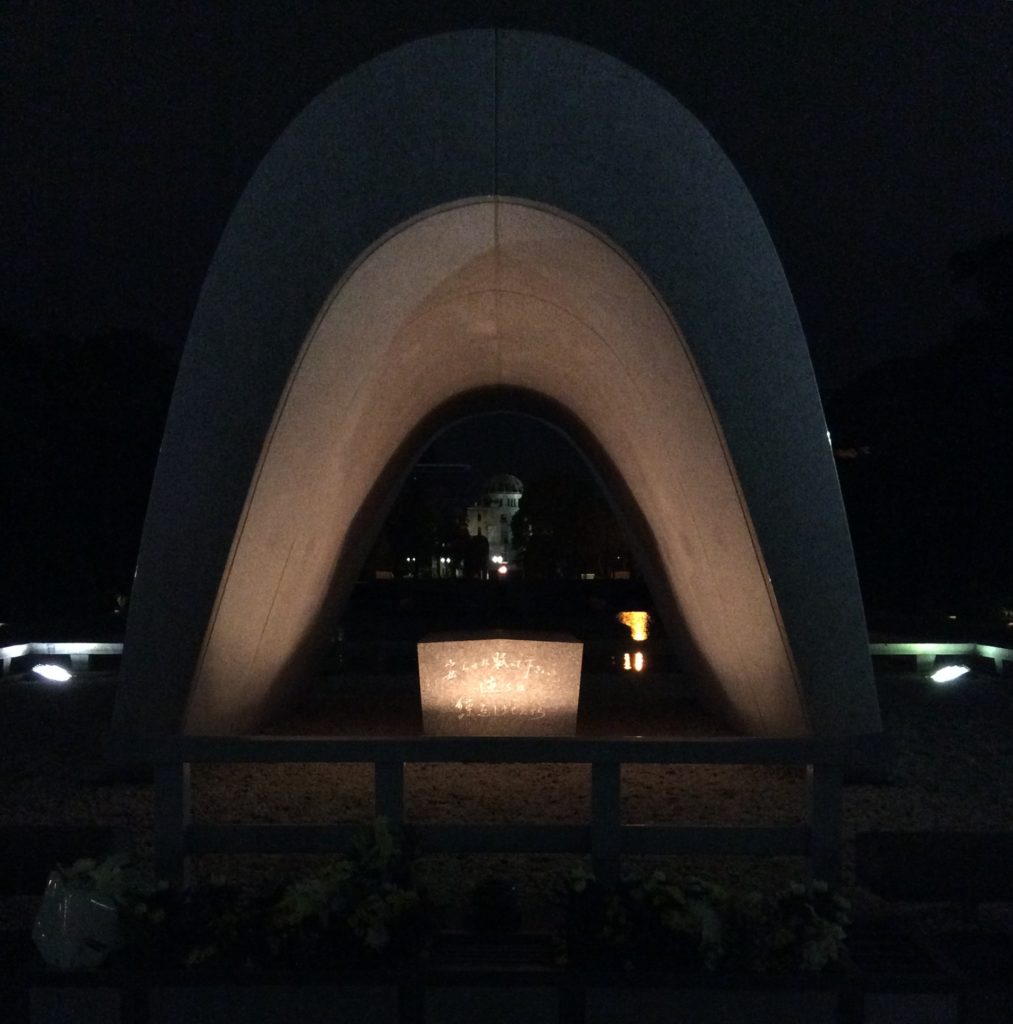
Peace Memorial Park, Hiroshima, in the back ground the UNESCO World Heritage sight of the Atomic Bomb Dome.
It is particularly poignant that the Animation Festival is held in Hiroshima as the first city in the history of mankind to experience the devastating destruction of the atomic bomb.
Despite the enormity of loss and suffering, compassion emanates from this city and for myself I was overwhelmed with empathy which gave me a heightened sense of awareness for Japanese culture, history and its people.
The City and the Festival prevails in Hiroshima’s love and peace message and in their belief that the promotion of cross cultural exchange in Art and animation will bring understanding and ultimately World Peace.
Here, I was also able to source traditional Japanese art materials and beautiful hand made and Origami paper from a specialised Art shop.
Not only does the Hiroshima Animation Festival screen exceptional International animated films and poignant Japanese animations, guests are also invited to experience aspects of traditional Japanese culture. The festivals ‘Lappy Friendship Club’ provided a fascinating workshop to learn first hand about The Tea Ceremony, Shodo, Kimono dressing and Origami.
The colours and patterns of the kimono fabric and Origami papers were the decorative elements which greatly influenced the artistic outcome of my project.
- Shodo (calligraphy) being shown how to write the word ‘Sakura’ (cherry blossom) in Kanji
- Kimono dressing and folding
- The art of origami, learning how to make the iconic crane
- It was necessary to escape the sun and cool down with a ‘Kakigori’ a shaved ice desert flavoured with oishi ‘tasty’ syrup.
- My favourite Kakigori green tea and Aduki beans
- Iced matcha latte
Japan’s extreme weather of high temperatures, gusty winds and storms which preceded the Typhoons presented many challenges.
To minimise my time in the heat, I experimented with the gorgeous Japanese hand made and origami papers by incorporating them with my western materials, collaging in areas to add colour and texture and then embellishing with drawing and painting. It was a beautiful fusion of Eastern and Western art materials and I brought these ideas to Saitama.
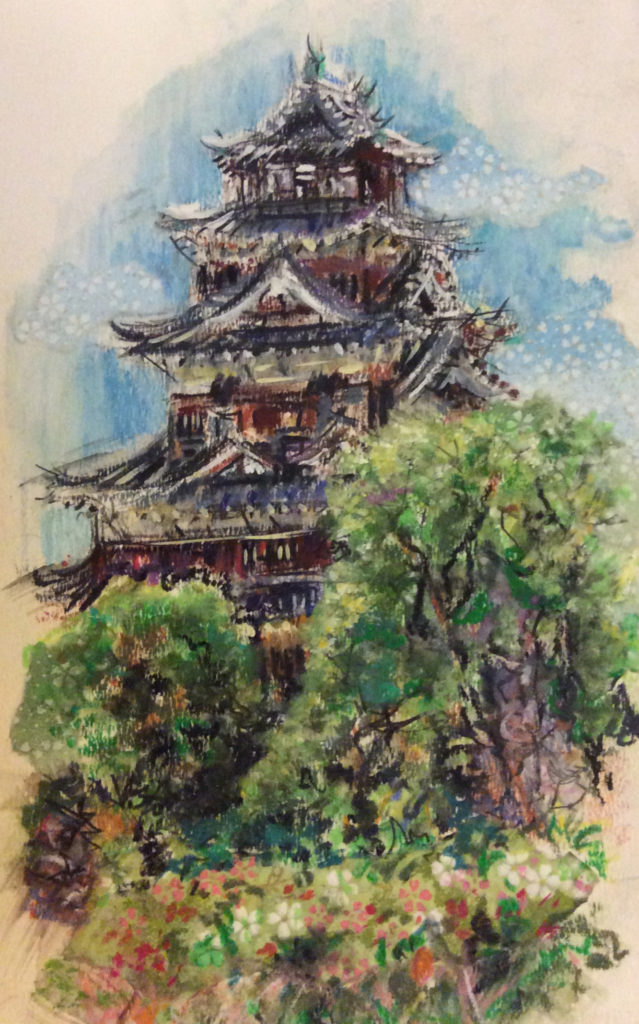
The majestic Hiroshima Castle, Hiroshima
Saitama
The Typhoon missed Hiroshima hitting other Prefectures including Saitama where I had just arrived. Dramatic storms warranted warnings to be issued regarding flooding, falling and flying debris and to take journeys which were only necessary.
The severe weather dictated how the project would proceed in safety for the participants. It would now be workshop based and I would continue to visit traditional cultural locations to artistically collect visual reference to inspire our art sessions.
The last part of my preparation was to go to the famous and fabulous craft store, Yuzawaya, to purchase paints, giant size paper and coloured cartridge paper for my students to experiment with.
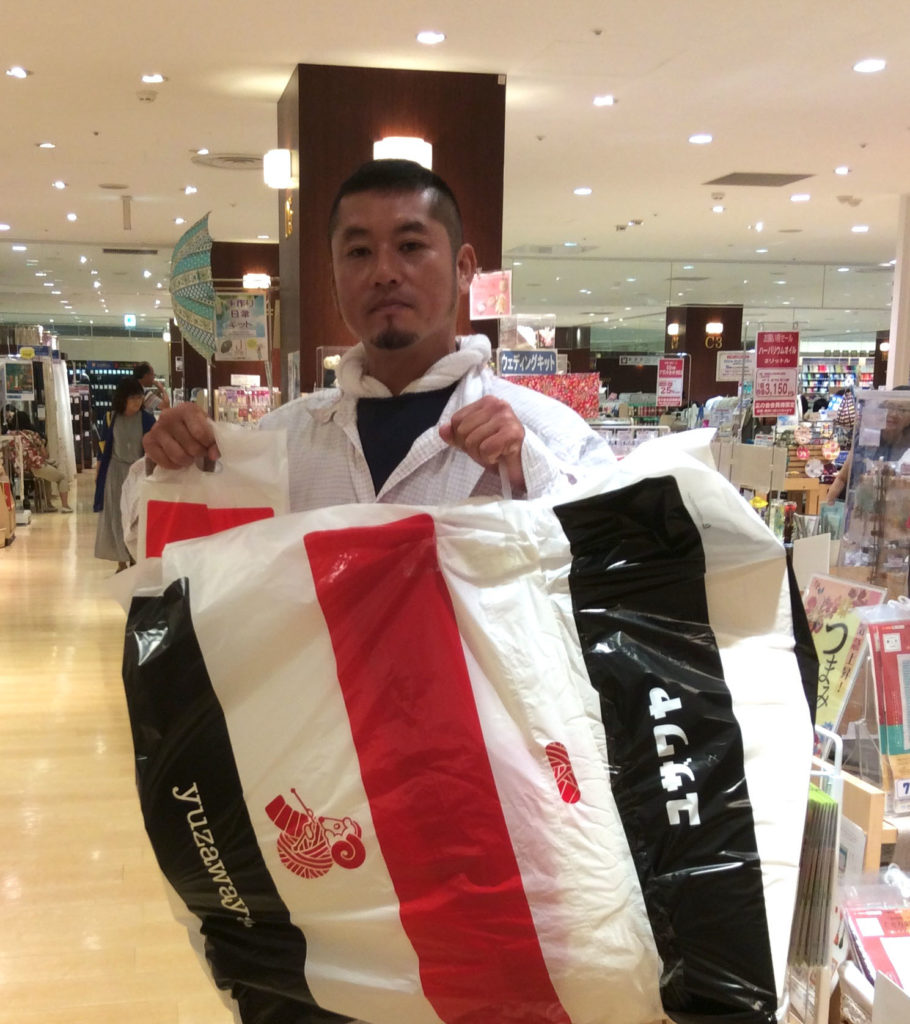
Art material shopping in Yuzawaya with Shihan Makoto the director of Light House, whose head, interestingly looks like a Light House!
Despite the weather, a small group of students had made it into the charity’s office in Kasukabe, Saitama and were waiting in curious anticipation for their very first art class at Light House.
Sakura workshop
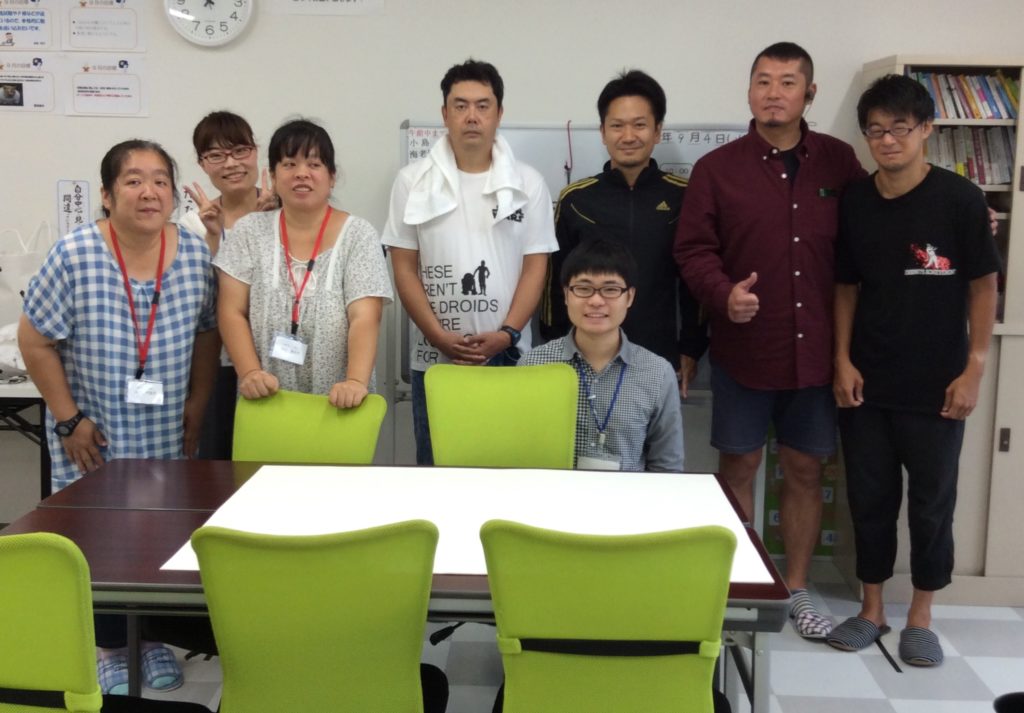
Second from the right, Shihan Makoto Seshime with some of the Art Therapy Project participants and support staff.
I was presented to everyone at Light House by Shihan Makoto in formal traditional,Japanese style. I bowed and introduced myself and gave a simple explanation of the Art activity.
I fortunately knew some Japanese words from Karate training ‘waza’ technique, ‘kihon’ basic, ‘hajime’ begin and ‘Osu’ used by Karateka as a general acknowledgement. The rest was self explanatory, hopefully! I dressed in a pink kimono adorned with pink cherry blossoms, the theme of the day and was holding a packet of raspberry Kit Kats. I announced that we had ‘Pinku Kitto Kattu Pawa! Pink Kit Kat Power!
- Pinku Kitto Kattu Pawa and Origami paper
- Pink cherry blossom kimono
This set a good humoured tone to the very first Art lesson at Light House.
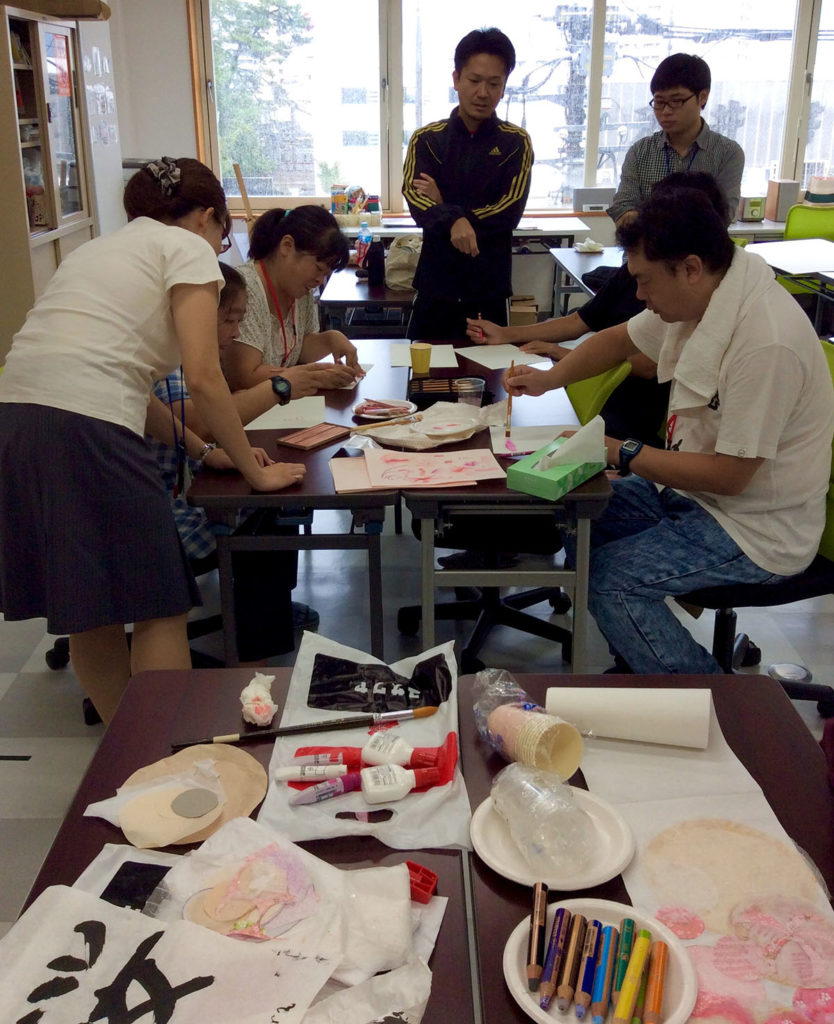
We first reorganised the room away from their usual formal order and spread the art materials around. First session: Learning how to use the Western Art Materials, experimenting with different mark marking, blending and painting.
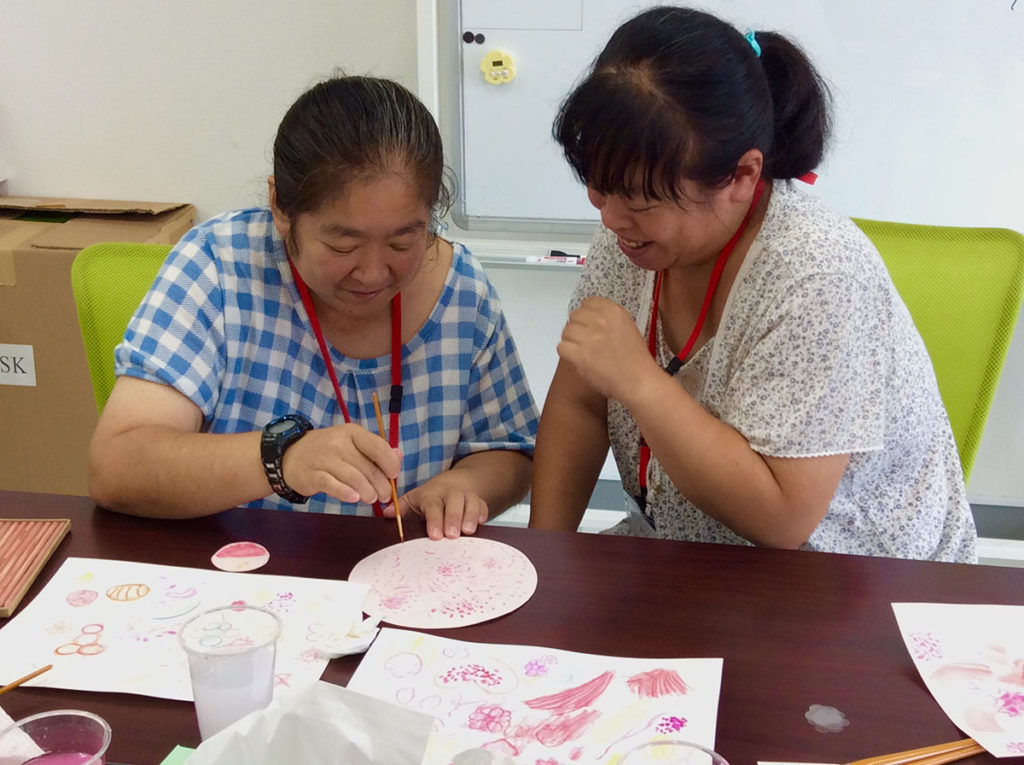
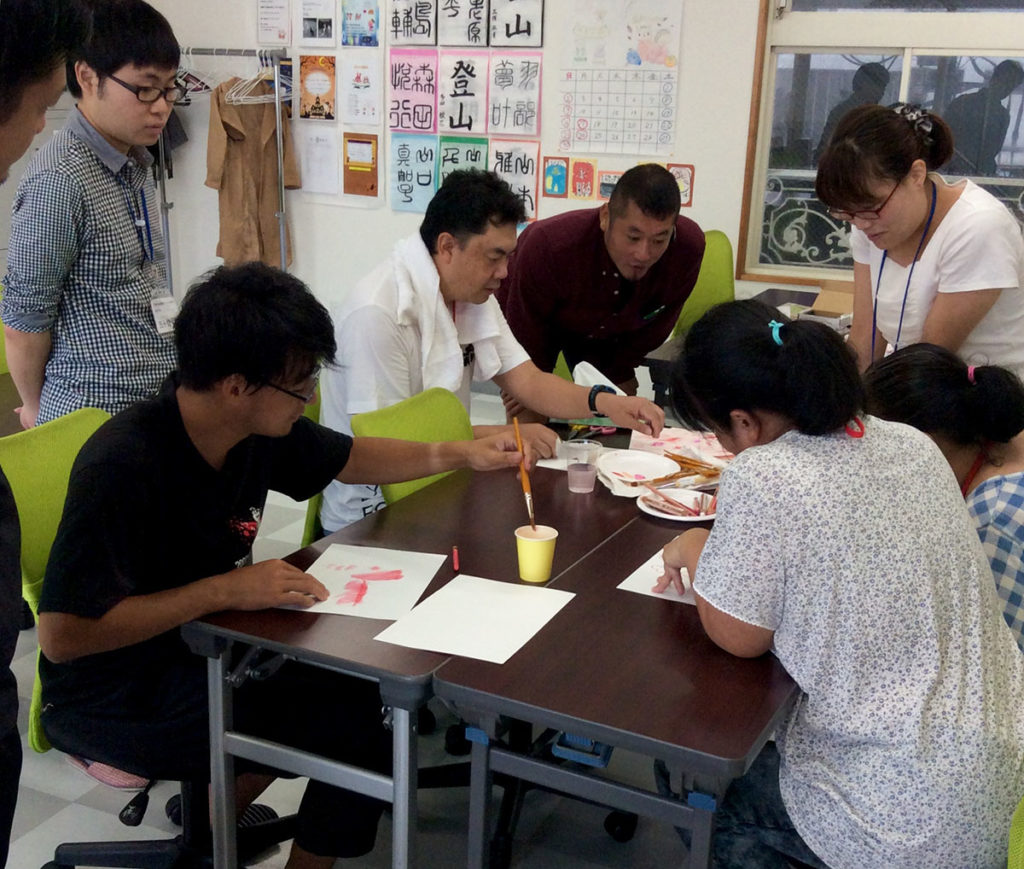
Light House support workers encouraged everyone and joined in the activity which was overseen by Shihan Makoto who translated for me. It was important for the participants to know that there was no right or wrong way when creating art and to simply enjoy!
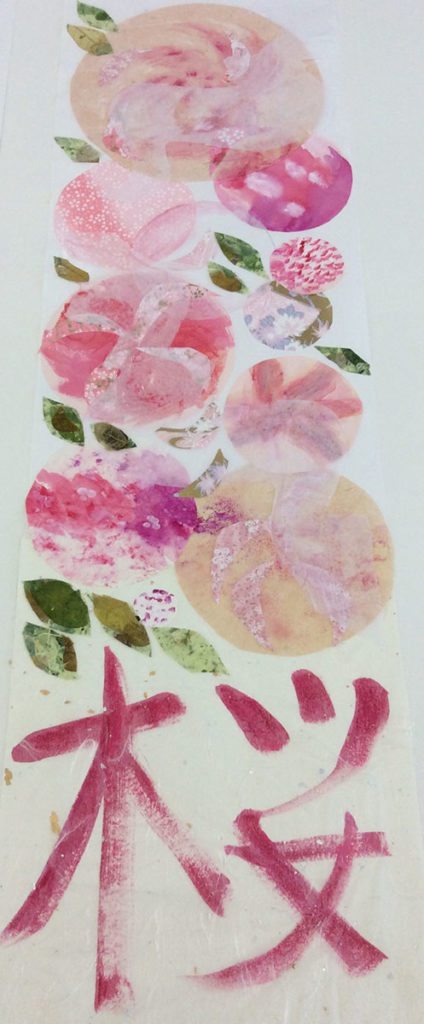
As my new students confidence and enjoyment grew, they progressed onto the next stage. They were given different sized circles to create their own artistic portrayal of abstract cherry blossom to be collaged onto the final piece. I was mindful to not overwhelm the participants on their first day, so the lesson ended a little bit earlier for them to continue with their familiar routine and curriculum, which today was away from the Light House premises for sports activities.
I stayed on to collage their artwork together. On their return the next day they were so surprised and happy to see how their work was utilised. It was now proudly displayed on their office wall making a colourful and beautiful addition to their work environment.
I received a message from Shihan Makoto, that everyone enjoyed the activity so much that I was called back in.
In between the workshop sessions, I experimented with collage and painting at beautiful locations, to work out new techniques to bring to the project.
Magic Bamboo Forest workshop.
After the success of the Sakura workshop, more participants were called into Light House to experience Art Therapy.
- Green tea Kitta Katto Pawa and hand made paper
- Bamboo
- Hokokuji bamboo grove
- Bamboo colour study, Kamakura
I now had two groups to work with. This time I wore a predominantly green dress, holding green tea Kit Kats and unrolled beautiful green hand made Japanese textured papers. I then showed my photos and my own art work of the mysterious and magical bamboo forest. This all served as a visual stimulus and no translation or even language was necessary. So began our next workshop.
My students were keen, focused, motivated and actively involved in the whole process of creating the final artwork. They relished the challenge, exploring their own artistic self expression, also learning and understanding complex ideas on perspective, light, shade and shadow.
They were standing, moving to the different art working tables to add their own individual creative touch, absorbed in the activity, feeling comfortable, confident and free.
The ‘Where East meets West’ project was a wonderful merging of Anglo Japanese cultural influences, techniques and provided a joyful new artistic learning experience and interestingly all without the knowledge of each other’s language.
People have an inherent need for creative engagement to communicate with others, there has never been a culture without Art. Self expression is part of what it means to be human.
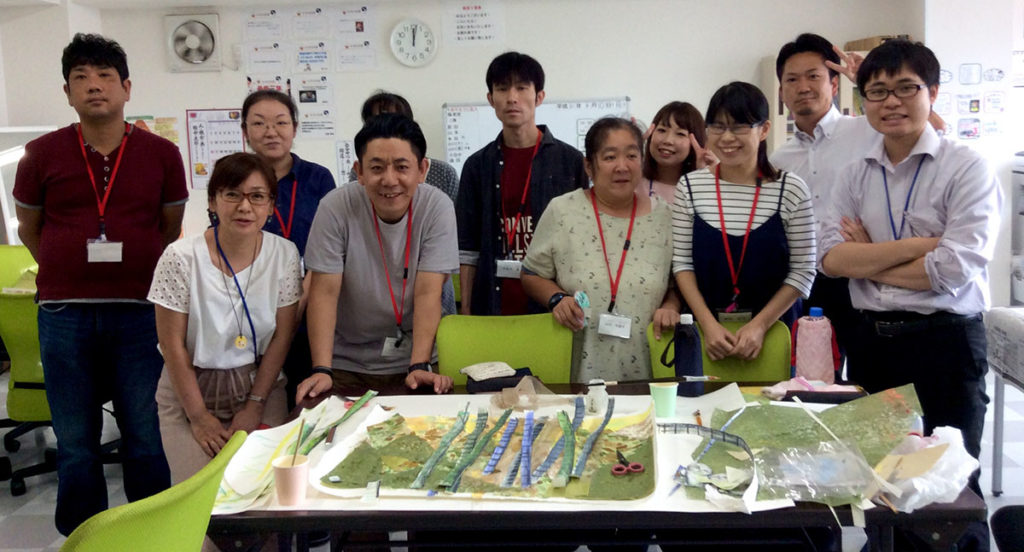
The results were vibrant, beautiful and enchanting. We created artwork which we were all incredibly proud of showing what we can artistically achieve together no matter what race, gender, disability or circumstance.
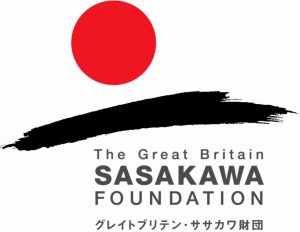
![]()


